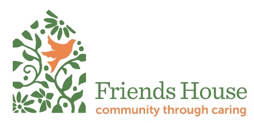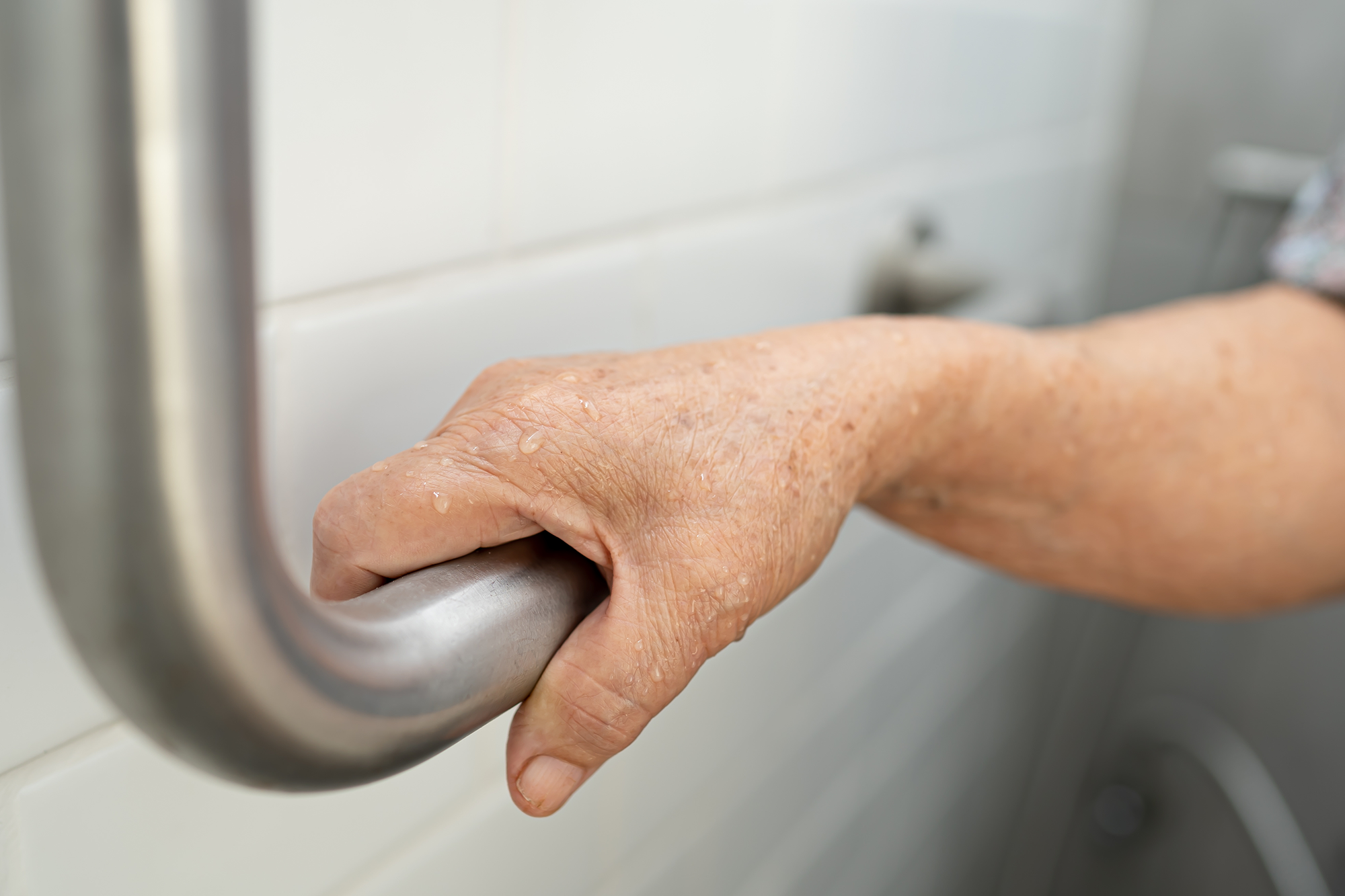Aging in place often seems like the natural choice for those who wish to remain in the homes they’ve cherished for years. However, while the idea might feel comforting, the financial, emotional, and logistical costs of modifying a home to meet changing needs can add up quickly. For many, transitioning to a retirement community offers not only a more practical solution but also a richer, more connected lifestyle.
Let’s explore the hidden expenses of aging in place and why moving to a retirement community like Friends House might be the better option – one that aligns with values of community, simplicity, and integrity.
The High Costs of Aging in Place
Staying in your home often requires significant modifications to maintain safety and accessibility. According to the AARP Home and Community Preferences Survey, home modifications are a top concern for older adults. Common upgrades include:
- Adding Grab Bars and Railings: Typically $200–$300 per fixture.
- Installing Ramps or Stairlifts: Costs range from $2,000 to over $10,000.
- Redesigning Bathrooms: Accessible showers or tubs can cost $5,000–$15,000.
These renovations are just the beginning. National Aging in Place Council highlights that ongoing maintenance, unforeseen repairs, and rising utility costs further burden older adults who remain in their homes. Additionally, aging in place often necessitates hiring in-home care or paying for transportation to medical appointments, which can quickly exceed the cost of a retirement community.
The Lifestyle Limitations of Staying Home
Beyond finances, aging at home can lead to isolation. A study by the National Institute on Aging notes that social isolation is linked to higher risks of heart disease, depression, and cognitive decline. Retrofitting a home may create a safer environment, but it rarely addresses the human need for connection.
Why Retirement Communities Offer a Better Solution
Retirement communities like Friends House provide an integrated solution for both physical and emotional well-being. They combine accessible living spaces with enriching programs, healthcare, and opportunities for meaningful engagement.
Safety Comes Standard
At Friends House, living spaces are designed with safety and accessibility in mind. Features like step-free layouts, and grab bar come standard, sparing you the stress and cost of extensive home modifications.
Built-In Social Connections
Isolation is virtually eliminated in a vibrant community setting. Residents enjoy daily opportunities for connection through group activities, shared meals, and informal gatherings – experiences that mirror the Quaker value of community.
Holistic Wellness Support
With on-site fitness classes, healthcare access, and wellness programs, Friends House provides a comprehensive approach to aging. Residents benefit from the proactive care that’s difficult to achieve when living independently.
Consolidated Living Costs
Moving to a retirement community may seem like a large upfront investment, but it eliminates the need for piecemeal expenses like home modifications, maintenance, and in-home care. Consumer Affairs notes that these bundled services often lead to significant long-term savings.
Aligning with Quaker Values at Friends House
Friends House is guided by principles that prioritize simplicity, integrity, and mutual care. These values shape a community where residents feel supported in mind, body, and spirit. Here, every resident is valued, and the environment encourages both personal growth and meaningful connections.
Whether you’re joining a wellness class, enjoying a quiet moment on our walking trails, or volunteering for a cause close to your heart, Friends House fosters a lifestyle that’s deeply fulfilling – and impossible to replicate through home modifications.
Making the Right Choice for Your Future
The decision between modifying your home and moving to a retirement community is personal, but it’s important to weigh not only financial costs but also lifestyle considerations. For many, a community like Friends House provides a practical and enriching alternative to aging in place.
Explore more about aging in place through the National Aging in Place Council or learn about the health impacts of social connection from the National Institute on Aging. Consider how a move to Friends House might help you embrace a safer, simpler, and more connected way of life.



